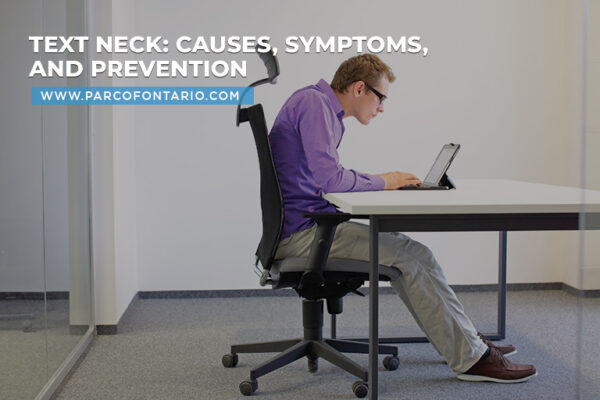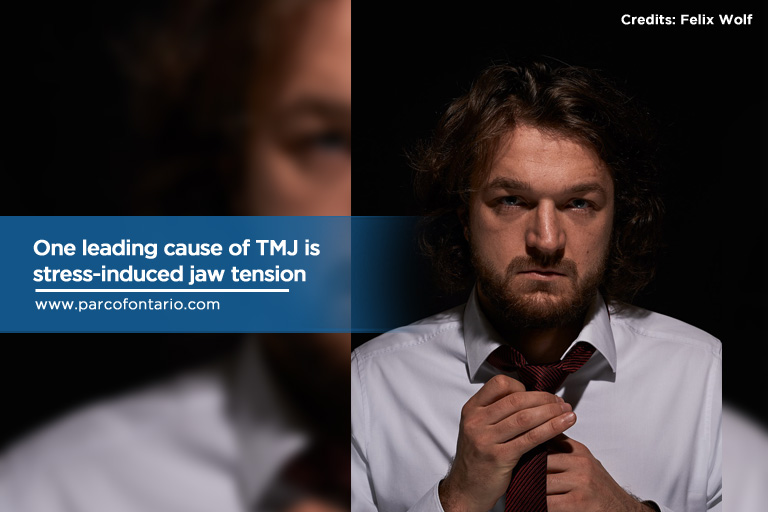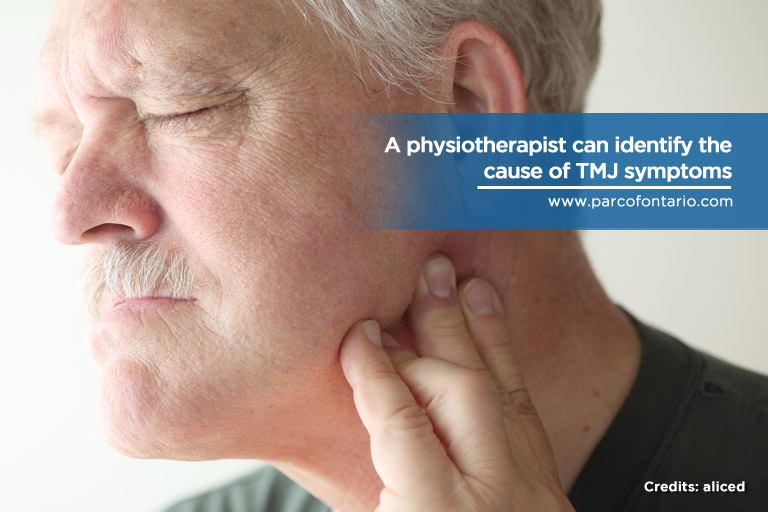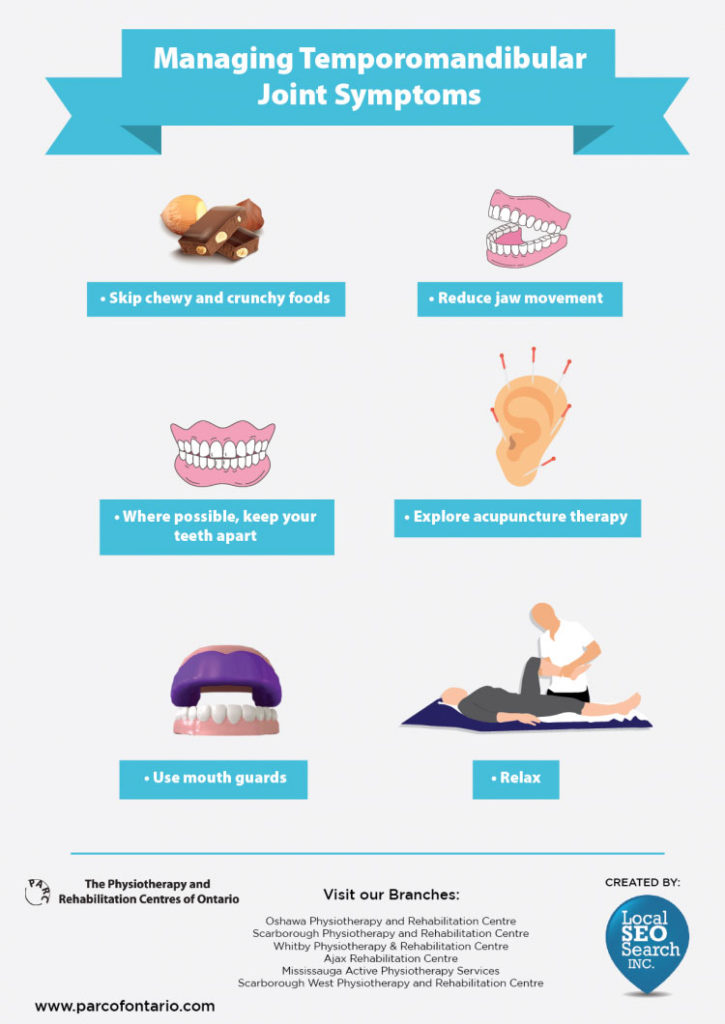
Text Neck: Causes, Symptoms, and Prevention
Many of us spend long hours hunching over our electronic mobile devices and laptops. As we spend more time texting, browsing social media, and reading on our devices, this constant downward gaze…
Read More

Do you experience pain in your face, jaw, head, shoulders, or neck? Severe pain in these areas may be caused by a condition called temporomandibular joint disorder (TMJ). A disorder that affects the joints and muscles that enable the movement of the jaws, TMJ is most prevalent among younger individuals (aged 20 to 50), specifically among women.
Understanding the nature of the disorder, its signs and symptoms, and treatment and pain management techniques are critical for both patients and doctors.

Located on both sides of the head, your temporomandibular joints are a series of muscles, joints, ligaments, and bones responsible for opening and closing your mouth. The right and left joints work together with the facial muscles, ligaments, and jaw bones to make it possible for you to speak, chew, and swallow.
This joint also controls the movement of the lower jaw, like moving forward, backward, and sideways. It consists of a ball, socket, and a disc that enables them to rotate, glide, and open. Any condition that prevents this system from working properly can lead to painful TMJ.
One common cause of TMJ is stress-induced muscle tension. People who are under extreme stress may develop bruxism (grinding or clenching your jaws at night), which may overwork the jaw muscles. TMJ can also stem from joint problems itself, including:
TMJ-related discomfort and pain can be relieved through non-surgical treatments and self-care. Surgery is only advised after conservative measures have not eased the symptoms of the disorder.

The number one telltale sign that you may have TMJ is when you experience pain in your jaw, although pain associated with TMJ can be felt anywhere on your face, ears, eyes, neck, or forehead. Other signs and symptoms of TMJ dysfunction can include:
If you experience any of these symptoms, consult a physiotherapist right away. A professional physiotherapist can pinpoint the cause of the problem and design the proper treatment for you.

If you are experiencing the first signs of jaw joint disorder, these self-care tips may provide relief and healing when you’re at home:


Exercises that stretch and relax the jaw can relieve pain, strengthen muscles, improve mobility, and facilitate healing. The Royal Surrey County Hospital and the American Academy of Family Physicians (AAFP) introduced the following exercises to ease the pain in your jaw joints while improving your jaw movement.
As with all exercise programs, you should first consult with a healthcare practitioner to know the right frequency for each exercise to reduce the risk of injury.

A nagging pain in the face, ears, jaws, or temples is likely a sign of a temporomandibular joint disorder. As you experience the symptoms, be sure to take extra care of yourself. It is highly crucial to consult a doctor to better understand your condition and receive proper advice on how to relieve your symptoms.
At Physiotherapy and Rehabilitation Centers (PARC) of Ontario, we specialize in assessing and treating TMJ. We have a team of specialists with the skills and knowledge to give you a proper assessment and treatment for your condition. Contact a location near you for evaluation and a plan for your pain.